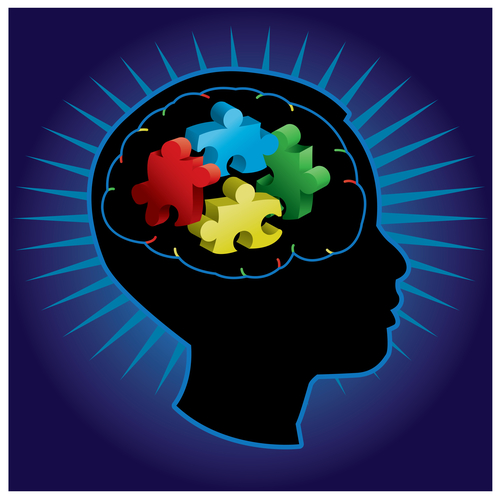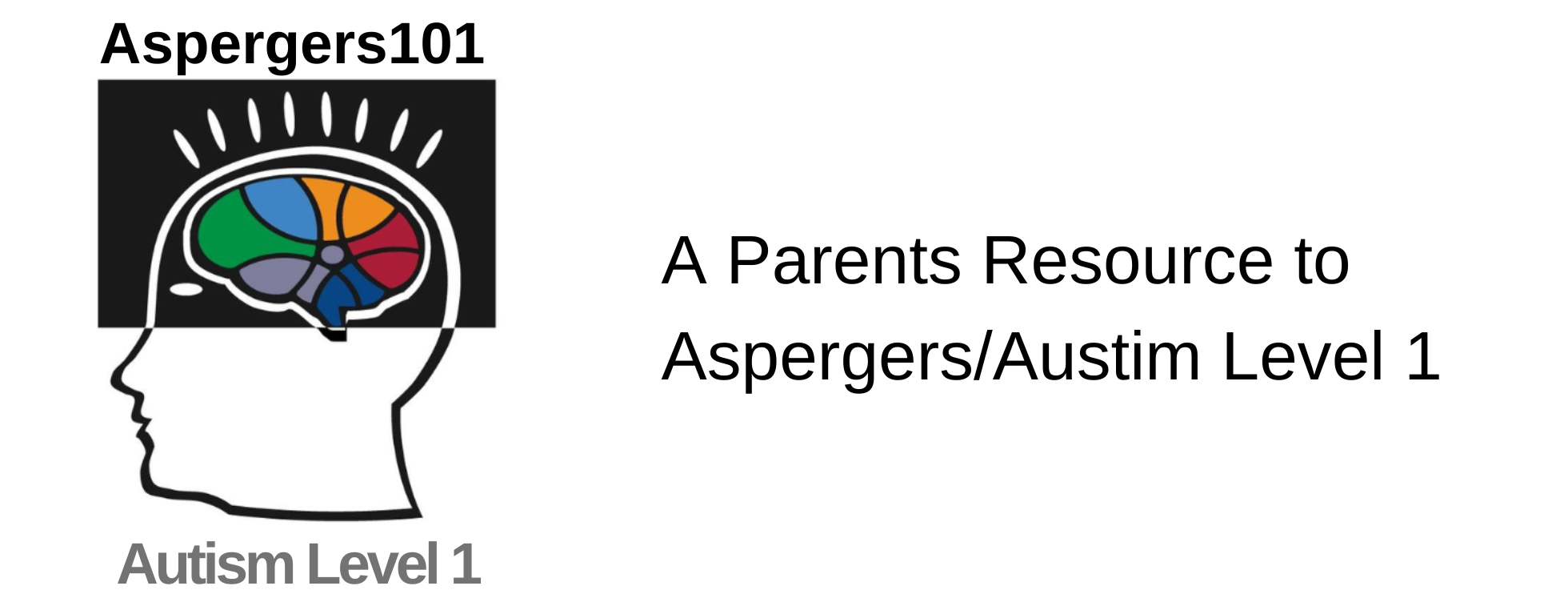Asperger Syndrome is one of several previously separate subtypes of autism that were folded into the single diagnosis autism spectrum disorder (ASD) with the publication of the DSM-5 diagnostic manual in 2013.

The following behaviors are often associated with Asperger Syndrome. However, they are seldom all present in any one individual and vary widely in degree:
- limited or inappropriate social interactions
- “robotic” or repetitive speech
- challenges with nonverbal communication (gestures, facial expression, etc.) coupled with average to above average verbal skills
- tendency to discuss self rather than others
- inability to understand social/emotional issues or nonliteral phrases
- lack of eye contact or reciprocal conversation
- obsession with specific, often unusual, topics
- one-sided conversations
- awkward movements and/or mannerisms
At every workshop/conference where I am asked to speak, I love playing this soundbite from Dr. Temple Grandin. She explains Autism in general and talks specifically about High-Functioning Autism or Asperger Syndrome. While it might seem elementary for those well informed on the topic of Autism, it is a great introduction for those who are not.
If you suspect your Autistic or Aspergers child is challenged with any of these additional disorders, first getting a diagnosis is imperative so you’ll be able to understand and treat these potential obstacles. Our son, Sam, has ADHD and also developed OCD as he entered High School. Our choice was to provide a mild dose of an anti-anxiety medication as well as a few trips to a behavioral therapist. The combination has worked great for Sam but may not be the right combination for your child. Be sure to consult with your doctor.
When we are using these medications with children with Aspergers, we sometimes have to realize that they are hyper-sensitive to the medications, which is not a bad thing, it just means we use a lower dose. It’s always good to use a lower dose. We need to start low and try to slowly upwards the dose, and if we see any kind of deterioration in behavior, go back to the lower dose. I know we hate to think about our children on psychiatric medications, but they really have a good track record, and they can help eliminate those extra little balls of weight slowing them down. We don’t have a medication for Aspergers, but we can take care of these other things and make their life easier so they only have Aspergers.
” it’s usually not the Autism but the other psychiatric diagnoses that can be more impairing or disabling than the Aspergers itself.” – Dr. Chris Plauche
Treating High-Functioning Autism and Aspergers Syndrome comes in many forms and choices. The most noted and successful treatments are as follows:
• ABA – Applied Behavior Analysis
• Psychotherapy
• Sensory Integration Therapy
• Medication
• Language Communication Therapy
• Social Skills Groups
• Public School Educational Support Programs
• TEACCH – Treatment and Education of Autistic and related Communication-handicapped Children
• Denver and Greenspan Models
Studies indicate that up to 80 percent of people affected with Aspergers Syndrome often experience extreme sensitivities to everyday sights, sounds, smells and touch.
The sensitivities may include:
• Hearing being the most common. They can be easily distracted by noises everyone else can filter out such as the buzz of fluorescent lights. This makes it hard for many to follow conversations or listen to teachers’ direction. Sensitivity to sounds is actually painful making it difficult to take “Aspies” to places such as arcades, restaurants or noisy classrooms. An overwhelming fear of an impending school fire alarm may cause total panic.
• Taste and Smell in some are heightened to the point of nausea. This can make cafeterias, stores and certainly restaurants a painful and fearful experience.
•Touch may also be a factor. If overly sensitive, certain clothing (typically with polyester) may be irritating. Hyposensitivity causes lack of feelings to cold temperatures or very little feeling towards pain.
•Visual problems, though rare, can get upset by certain pictures, colors or bright lights. Some even experience discomfort with colors as if they are sounds.
•Physical challenges also come into play for many with Aspergers Syndrome. Simple activities that require coordination quickly become complex such as hand-eye coordination, handwriting or tying your shoes. That is why playing baseball or any sports can quickly become a nightmare for many on the spectrum.
Experts agree that once the shock of having an Autistic Child has waned, it’s time to start accepting and getting pro-active on your child’s behalf.
Behavioral Specialist, Billy Edwards, created the following three-step strategy for getting proactive.
-
Give yourself the permission to grieve about it because it’s okay.
-
The second step is to begin finding resources and the first resource you look for is probably what parent support mechanisms exist, and
-
The third component of that would be who are the professionals that you are going to surround yourself with and that are going to help guide you?
-
Explaining the diagnosis to you child will be easier for you and for them to accept the younger they are. Take a positive approach by listing the positive characteristics as well as having a plan of action for the more challenging ones. This will make the step easier.
According to Dr. Tony Attwood, “When I meet someone with Asperger’s and explain the diagnosis to them, I say, Congratulations! You have Aspergers Syndrome. You’re different. You’re not mad, bad or defective. You’re just different like being left-handed in a right-handed world.”
I’ve always liked and lived by Dr. Attwoods quote!
by: Jennifer Allen/Founder Aspergers101
A graduate of Abilene Christian University, Jennifer had a long career in TV Broadcasting. Upon learning her oldest son Sam had a form of Autism called Asperger’s Syndrome, she left her career and became a full-time mother to both of her sons. Jennifer elicited the participation of her family and together they produced several independent programs including a children’s animated series titled Ameriquest Kids, as well as a documentary and book titled, Coping to Excelling: Solutions for School-age Children Diagnosed with High-Functioning Autism or Aspergers Syndrome. She formed the nonprofit Asperger101 to provide on-going free resources related to ASD at Aspergers101.com and has implemented the Texas Driving with Disability Program and continues to grow the statewide initiative today. She and her husband have recently retired to their property in the Texas Hill Country.


